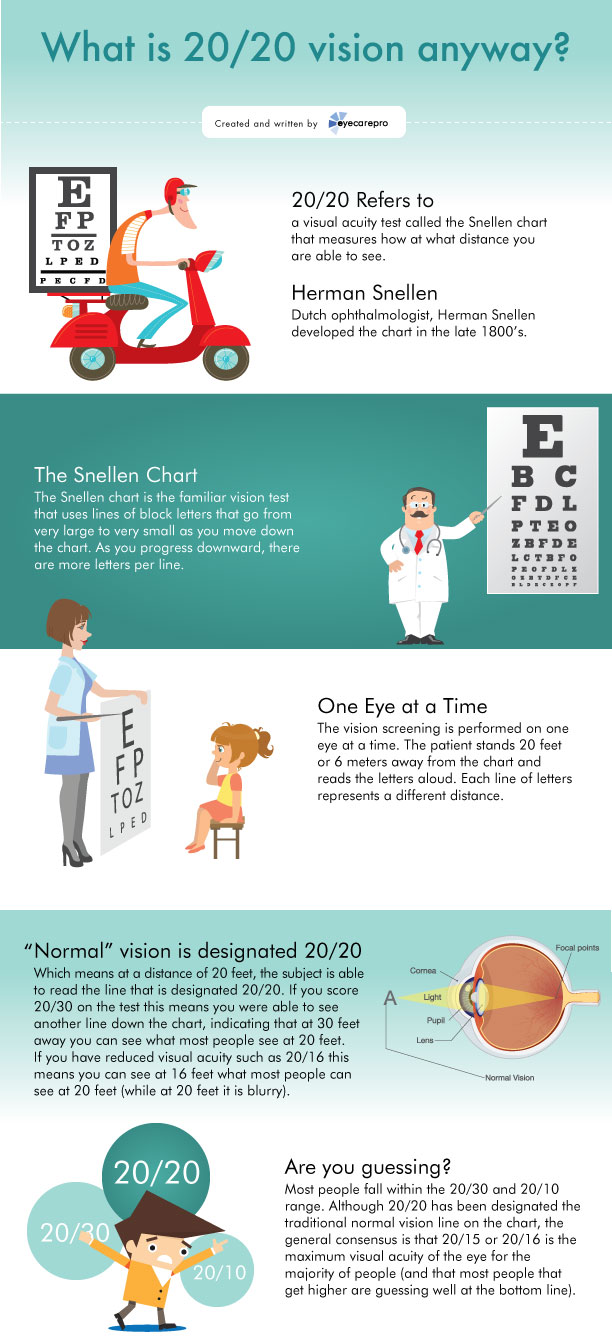The Comprehensive Frequently Asked Question On Refractive Lens Exchange: Every Little Thing You Must Receive Concerning
The Comprehensive Frequently Asked Question On Refractive Lens Exchange: Every Little Thing You Must Receive Concerning
Blog Article
Material Writer-Blanton Goldstein
If you're thinking about refractive lens exchange, you probably have a lot of concerns. This treatment could change just how you see the globe, using benefits like reduced reliance on glasses. Nonetheless, it's necessary to understand the process, dangers, and that certifies as a great candidate. Let's check out these vital aspects so you can make an informed decision about whether RLE is right for you.
What Is Refractive Lens Exchange and Exactly How Does It Function?
Refractive lens exchange (RLE) is a surgical procedure made to replace your eye's natural lens with an artificial one, dealing with vision concerns like nearsightedness, farsightedness, or presbyopia.
During the treatment, your doctor makes a small cut in the eye, eliminates your all-natural lens, and inserts an intraocular lens (IOL) tailored to your vision requires. This outpatient surgery typically takes about 15 to thirty minutes per eye and is performed under neighborhood anesthesia.
You'll likely notice enhancements in your vision nearly right away, though full recovery may take a couple of weeks. RLE is especially valuable for those over 40 or with high prescriptions, offering a lasting remedy contrasted to glasses or contact lenses.
Your eye treatment specialist can help establish if RLE is right for you.
What Are the Advantages and Risks of Refractive Lens Exchange?
Selecting refractive lens exchange can result in considerable enhancements in your vision, however it is essential to evaluate both the advantages and threats before choosing.
On the bonus side, this treatment can boost your vision by fixing issues like presbyopia, myopia, and hyperopia. Many people enjoy lowered reliance on glasses or get in touch with lenses, which can greatly boost their lifestyle.
However, it's crucial to take into consideration possible dangers. Read Alot more can consist of infection, glow, or halos around lights.
There's also a chance of overcorrection or undercorrection, which might call for additional procedures.
Who Is an Ideal Prospect for Refractive Lens Exchange?
If you're thinking about refractive lens exchange, it's important to understand whether you fit the profile of an optimal candidate. Normally, Returning To Work After LASIK might be an excellent candidate if you more than 40, experience presbyopia, or have high levels of nearsightedness or farsightedness.
It's likewise vital that your vision is stable, implying your prescription hasn't changed dramatically in the past year. If you have cataracts or various other eye conditions, you might gain from this procedure also.
Nevertheless, specific elements, like uncontrolled diabetes or autoimmune diseases, could disqualify you. To determine your candidacy, talk to an eye care expert that can assess your particular situation and advise the very best course of action tailored to your demands.
Verdict
Finally, refractive lens exchange can be a transformative option for improving your vision, particularly if you're over 40 or have a high prescription. While the advantages are substantial, it's vital to weigh the risks and talk to your eye treatment expert to identify if you're a perfect candidate. With the appropriate information and support, you can make an informed choice and possibly enjoy a life with decreased dependancy on glasses.
